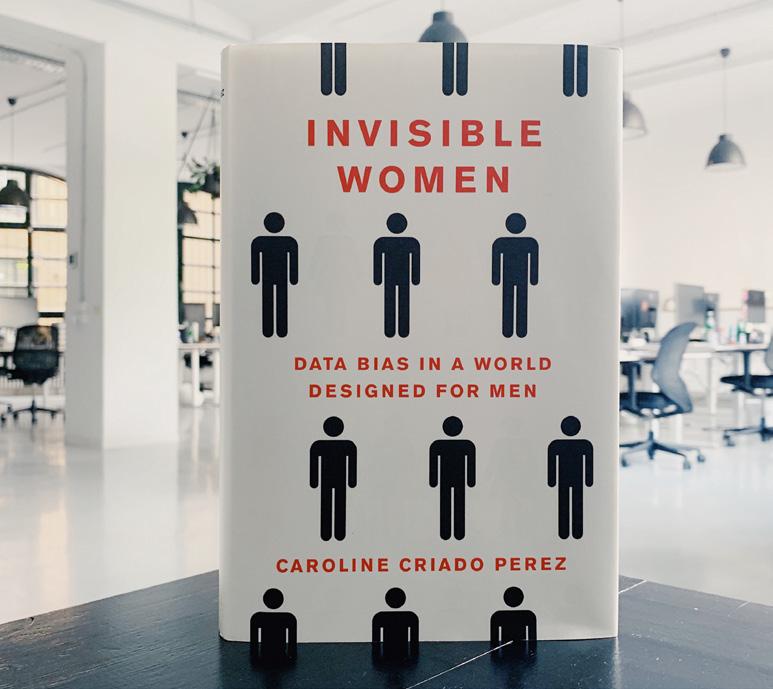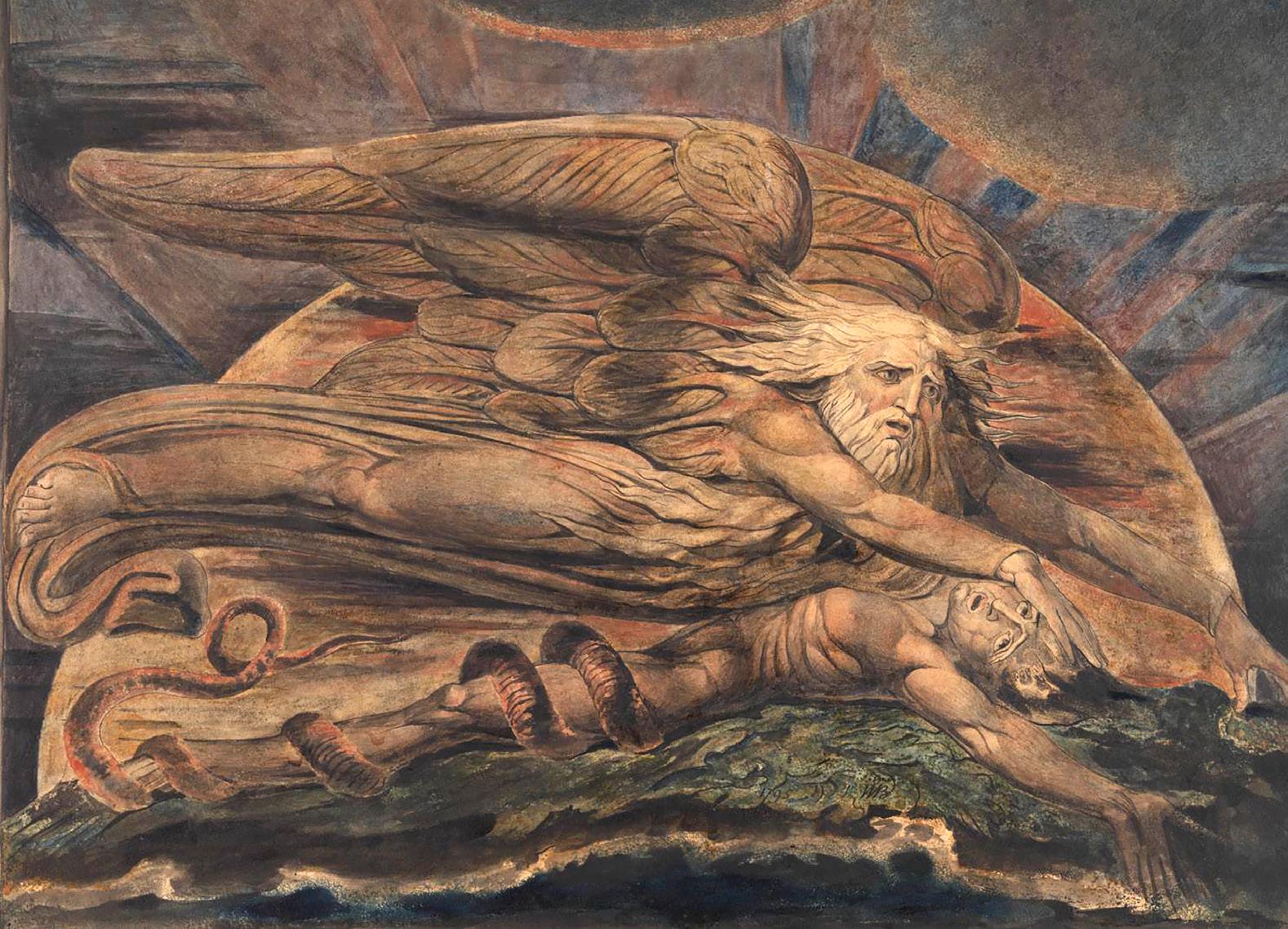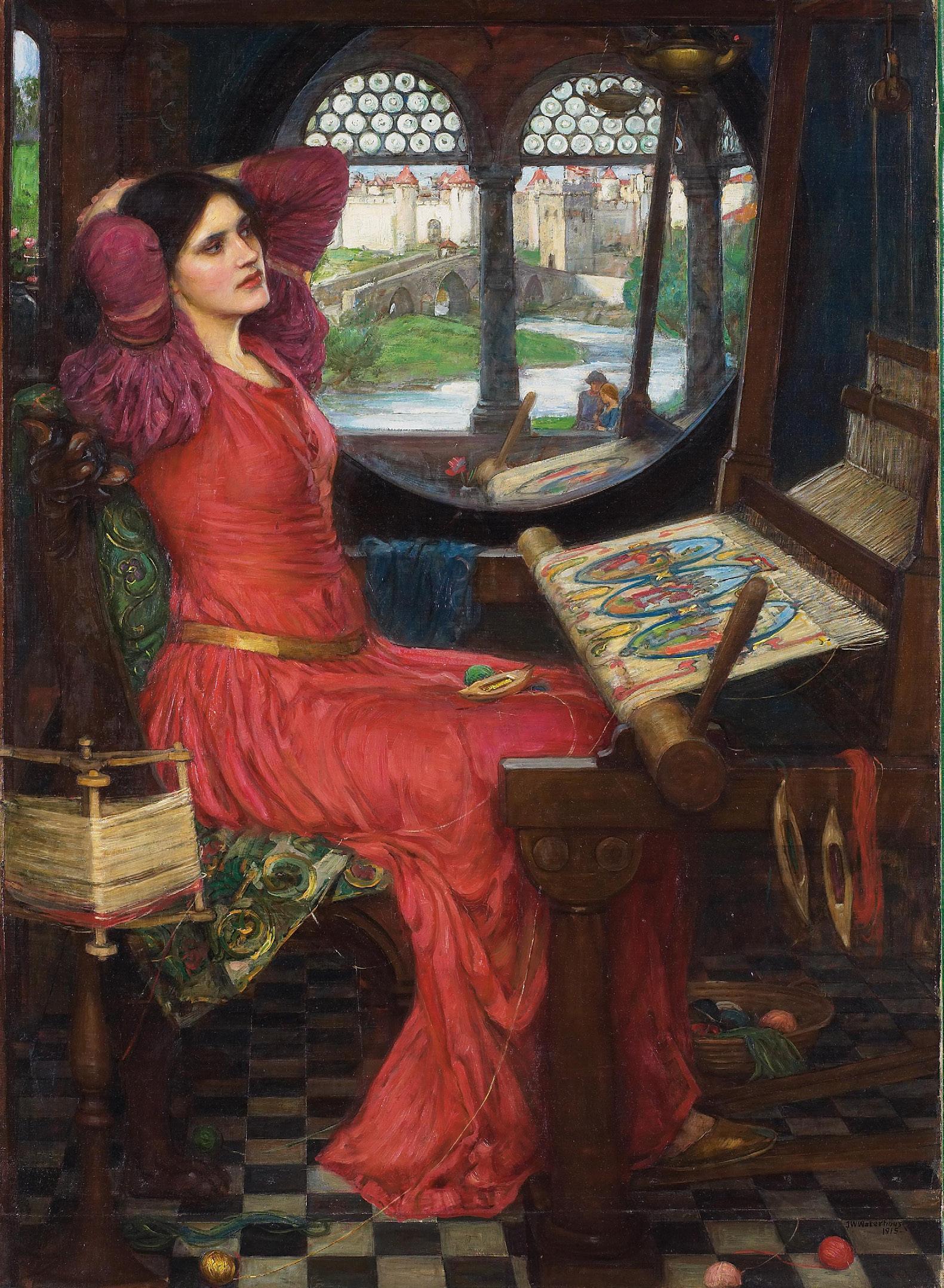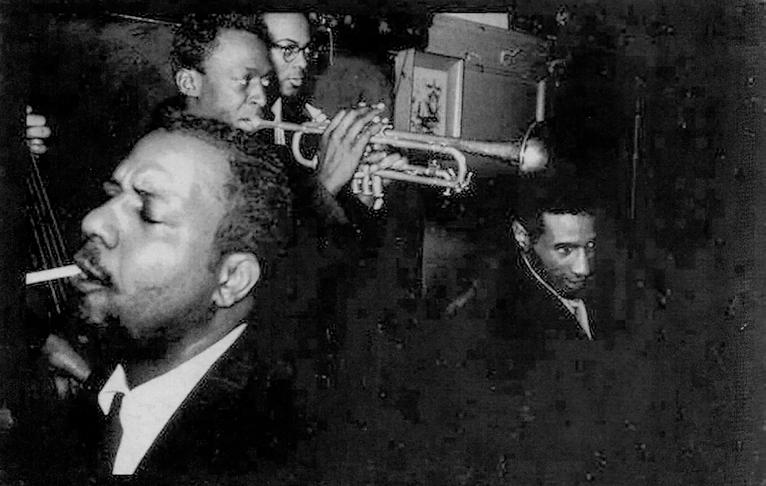in the MIRROR S Y LV I A P L AT H ' S L I F E A N D W O R K
Tara Bell YE AR 12
Sylvia Plath
M
irrors function as a medium of truth; they reflect appearances as they are, without distortion. This can be useful as, in the absence of deception, our understanding of the world around us is echoed plainly, albeit the reflection can be altered upon interpretation. In other words, the impact of the truth on an individual is very much dependent on their prevailing perspectives: for example, whether they’re cynical or optimistic, what they view their personal identity to be, or what previous knowledge and preconceptions they may hold. As a result, people see the world in many different ways. After reading The Bell Jar by Sylvia Plath during isolation, I have become increasingly aware of the
12
P O RT S M O U T H P O I N T. B LO G S P OT.CO M
different perspectives that people may take upon viewing the world and how that, in turn, affects their experiences of life. More specifically, the narrator of the novel, Esther Greenwood, suffers from a form of depression; as a result, she views the world through a ‘bell jar’, her perspective distorted to the point that she seems to lose touch with reality. The novel follows Esther through what at first seems an amazing New York internship, but is soon seen to be unfulfilling as Esther struggles to uphold personal and societal expectations. Esther soon becomes disassociated from the world around her and begins to contemplate many forms of suicide. As she describes it: “To the person in the bell jar, blank and stopped as a dead baby, the world itself is a bad dream”. And so, the amazing life experiences that she has been given don’t make a difference to her, “because wherever I sat - on the deck of a ship or at a street café in Paris or Bangkok - I would be



























